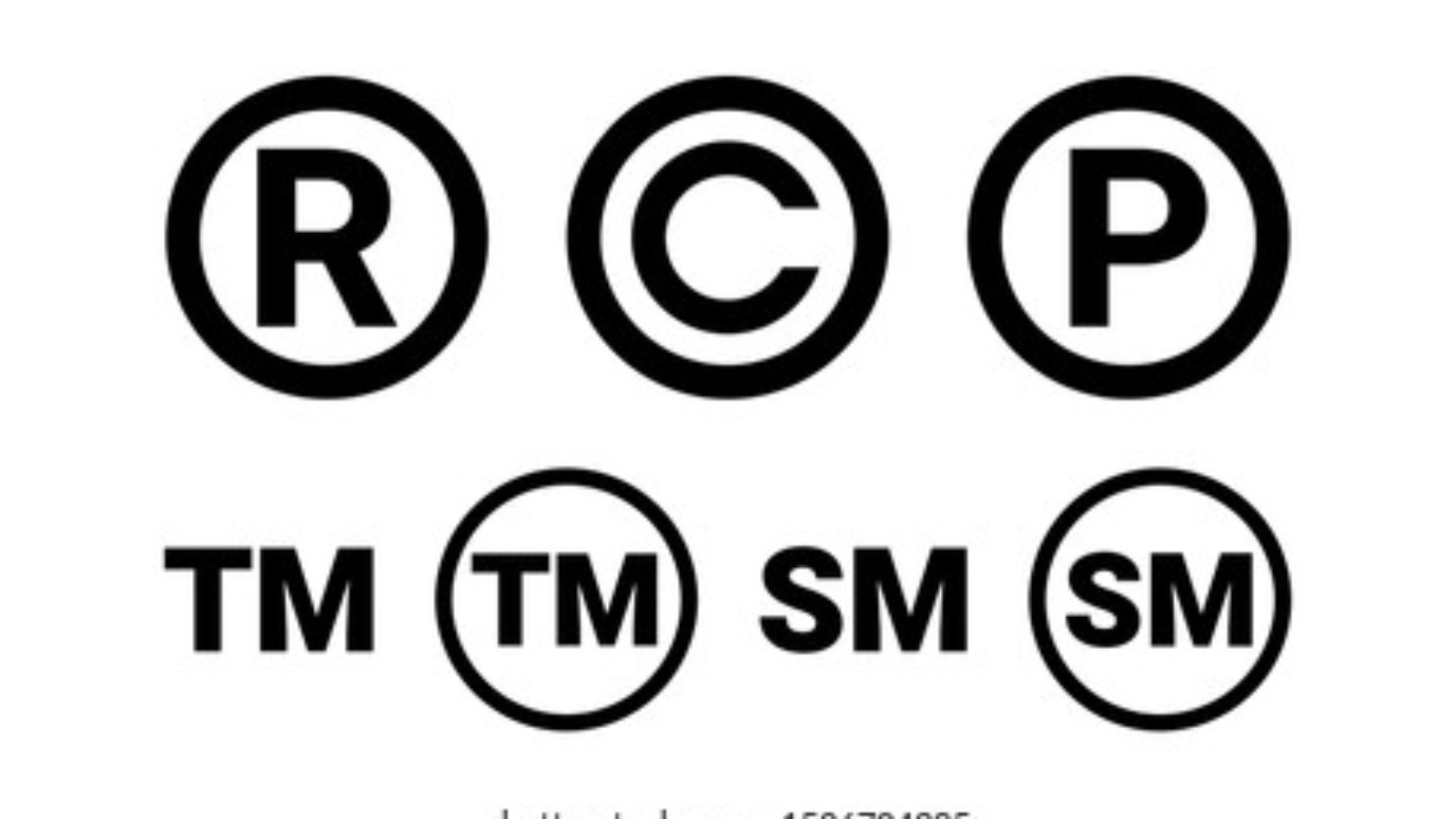If you have been wondering what the difference between a Trademark, Copyright, and Patent is, then you are not alone. Here are the three Intellectual Properties explained in detail along with the symbols they represent.
Trademark:
A trademark is an intellectual property that makes your business stand out so that customers can easily recognize and identify you from another business. It symbolizes your services and products in the form of words, phrases, or a design representing your company’s name or logo.
A trademark can be used for up to 10 years and can be renewed once it is expired. The three symbols associated with trademarks are ®, ™, and ℠.
® indicates the registration of the trademark and exhibits that the trademark is protected under the trademark Act.
™ Only demonstrates the use of the trademark by the company but does not stand for the mark’s registration or protection under the trademark Act.
℠ stands for Service Mark. It works similar to ™, and is mostly associated with service mark. However, it is not guaranteed to be protected under the Trademark Act.
Patent:
A patent is provided to protect the exclusive right of the inventor over the invention. It specifically allows the owner to prevent other parties from exploiting, using and selling the invention. A patent can be used for any device, method, process and substance. However, one may not be able to use patents over ideas, artistic creations, mathematical models etc.
If you wish to protect your invention, you need to register for a patent by filing out the application which is assessed by the relevant government body such as IPOS in Singapore and IP Australia in Australia. The patent is assessed based on its novelty and inventiveness. Therefore, it is wise to keep your invention private and not publicize it until you seek protection for it by a patent. Generally a standard patent lasts for 20 years that can be publicly used by other parties after the expiry date.
Copyrights:
Copyright provides protection to an individual’s artistic creation, effort and time. It provides the owner the exclusive right to reproduce his/her creation, expand or add to it prevent others to copy the creation. Generally, a copyright protects, textual materials computer programs, artistic work, musical and sound recordings, broadcasts, and published materials.
Copyrights last for the life of the relevant creator plus 70 years. However, the copyright owner can also transfer the rights to another party. There are also exclusions if the creator has been paid to create the work as part of being employed by the actual copyright owner.
| Feature | Patent | Copyright | Trademark |
| Definition | Designed to protect the rights of inventors with innovative and new ideas | Designed to promote and protect artists’ rights of creating their own piece of work | Designed to protect companies’ unique marks used for their product |
| Aim | Protect inventor rights on their novel ideas | Protects rights of artists and their unique piece of work | Protects company rights of using unique marks exclusively for their products |
| Subject matter | Inventions for various purposes such as medical devices, drugs, jewellery, furniture design, musical instruments etc | Unique work of art such as music, books, photos, paintings etc. | All types of products and Brands |
| Exclusions | Prevents the plagiarism. In other words, copying and selling inventions of others | Prohibits the use of someone else’s art as their own | Prevents other parties from copying and using the mark for their products. |
| Term | 20 years | No time limit | No time limit, but needs to be renewed every 10 years. |
For a detailed consultation with our IP Expert, email info@trademarker.net.au!



Add a Comment